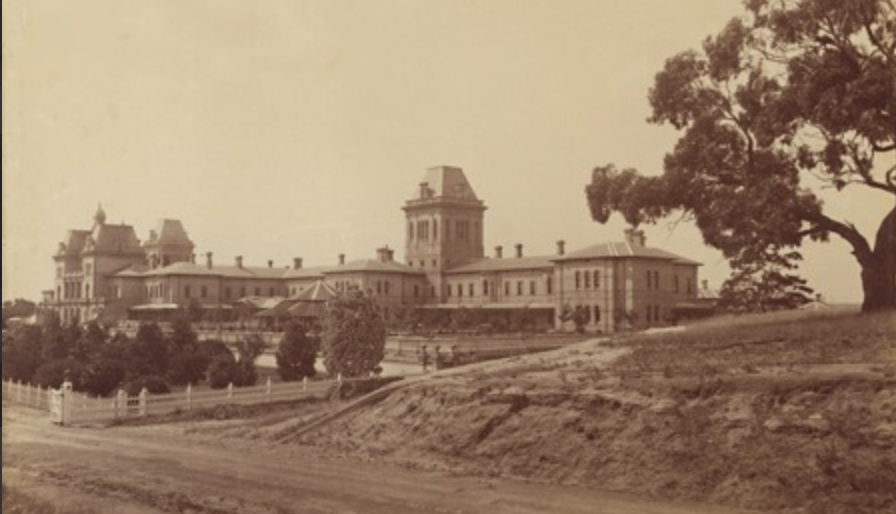The search for meaning: Should good Contemporary Art be complex or simply just good?
- Andrew McIlroy
- Sep 7, 2021
- 3 min read
Updated: Sep 12, 2021

In searching for subject matter all painters wrestle to some degree with those who came before them, with most subjects it seems long taken. In the past, academic tradition and the whims and fancy of patrons chose the subjects for you – portraits, religious or historical scenes, genre paintings, landscapes or still life. Artistic ideas breathed life into these long-practiced genres such as Johannes Vermeer’s closed door interior worlds that framed his gently lit figures, JMW Turner’s and John Constable’s plays of light, Claude Monet’s reflections, and Jacob van Ruisdael’s twilight landscapes.
What then is left for the hapless painter today, wishing to make art that transcends the ordinary, art that garners attention and fuels longevity in a fickle modern art world?
As an artist I have for a long time kept an ear to those that often with little prompting offer their advice - the gallerists, dealers, critics, collectors, curators and yes, not least other artists that constitute the contemporary artworld.
But under the enforced solitude of this pandemic, I have taken some time to reflect upon their advice and writings, my own practice and my ever-present struggle for relevance.

Jacob van Ruisdael, 'Dune Landscape' (1646) Source: The Hermitage

Joseph Mallord William Turner, 'Eruption of the Soufrière Mountains in the Island of St Vincent, 30 April 1812' (detail), (1815) Source: The Guardian
I have grown tired of attempting to retrofit themes onto the artworks emanating from my studio. It seems for so long now and for no doubt a multitude of reasons, artists’ work including my own have been earnestly proffered to the art market wrapped in a theme, in a misguided attempt to add gravitas. It is as if the works cannot stand simply on their artistic, painterly or sculptural merit. Themes such as ‘Isolation’, ‘Place’, ‘Mortality’, ‘Man against Nature’, ‘Injustice’, and ‘Inequity’ just to name a few being used to define the work to the market.
This is ok, when the art is good. But to really succeed even here, the art must be truly exceptional.
Over the years I have struggled to settle on subject matter that is authentically familiar and a style that at once identifies as my own. I have reached for themes to provide a context or framework for my paintings, to add deeper meaning that will best place my work somewhere within the long continuum of making art. Armed with this knowledge I hoped, one would never be short of material. Now I ask myself, does it need to be this hard?
Certainly, art in all its forms exists to inform our contemporary society but audiences today are little different than in the past. Audiences have always been varied. They were and are defined by social and geographic perspectives and constraints, by shared experiences and meanings. So art is used to communicate different messages within different contexts. But the assumption that art was once decorative and its purpose now is necessarily more complex, to communicate social and political ideas or themes is not accurate.
I feel we can get lost in the messaging, by complexity and an overuse of symbolism. Sure, symbols in art are about conveying ideas but sometimes these meanings are shallow. It is humans that vary in the meanings they are able to attribute to these forms. It all depends on what humans know about them. But art itself has never really moved from decorative to communicative.
Of course, art is not merely decorative, an appreciation of form and content coupled with a sense of aesthetic. More often than not, an image’s meaning will depend upon the circumstances is which it was created, for its purpose and for whom it was created.
But I tend to look then at the workings of the mind of the artist as an exercise in clustering, often used by writers to bring a predicament, intuition, settings, emotion, drama, moral dilemma, irony and sensory detail together to create a scene or image. It is the poetic outcome of this purposeful process, and not these elements themselves, that ultimately forms the work.
Sure, Contemporary Art can be promoted, unpacked as simply good art. But I feel greater art whether simple or complex lies then in its aesthetic quality, the success of its execution. Themes are subordinate to technique, composition and tone. To this end, I am reminded of Lucian Freud’s naked figures bodied forth to such a degree as to make sense of his remark that, “as far as I am concerned, the paint is the person’.

But to really succeed even here, the art must be truly exceptional: John Olsen, 'Self portrait Janus face' (2015) Source: Art Gallery of NSW
Main Photo: Lucian Freud, 'Benefits Supervisor Sleeping,' (1995) Source: The Guardian
Andrew McIlroy is an Australian artist and arts writer



Comments